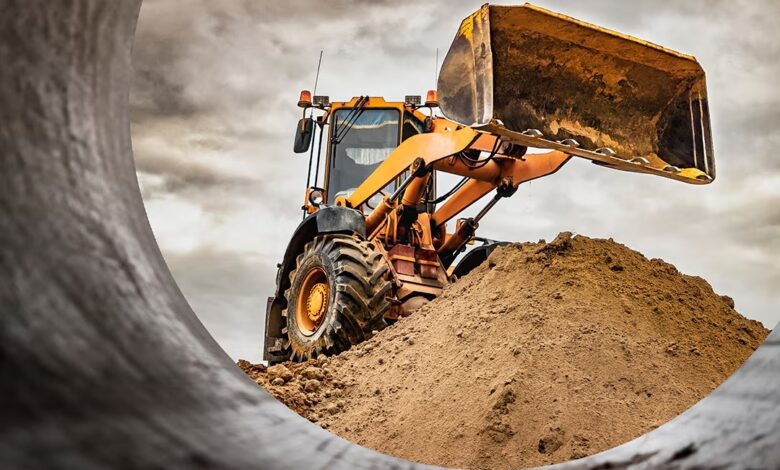Indian scientists develop eco-friendly sand substitute for construction
The innovation addresses the increasing scarcity of sand, an essential ingredient in various building materials.

Researchers at the Indian Institute of Science (IISc) in Bengaluru have developed a promising new material capable of substituting natural sand in construction applications. This innovation addresses the increasing scarcity of sand, an essential ingredient in various building materials.
The team at IISc’s Centre for Sustainable Technologies (CST) is investigating techniques to utilize carbon dioxide (CO2) captured from industrial waste gases. They apply this CO2 to treat excavated soil and construction waste, converting it into a viable alternative to sand.
In a press release, IISc stated, “These materials can be employed to partially substitute natural sand. This not only diminishes the environmental footprint of construction materials but also bestows properties that can augment their utility for construction purposes.”
Under the leadership of Assistant Professor Souradeep Gupta, the research showcases that employing CO2-treated construction waste in mortar, coupled with curing in a CO2-rich environment, markedly expedites the enhancement of the material’s strength.
Dr. Souradeep Gupta, leading the research, elucidates, “CO2 utilization and sequestration can emerge as a scalable and viable technology for manufacturing low-carbon prefabricated building products, aligning with the nation’s decarbonization objectives.”
This pioneering method yields a notable 20-22% enhancement in the material’s compressive strength. Furthermore, the introduction of CO2 into clay soil, prevalent at construction sites, enhances its interaction with cement and lime. This process not only stabilises the clay but also improves its overall engineering characteristics.
Dr. Gupta’s team’s research extends beyond conventional boundaries. They have delved into incorporating captured CO2 into excavated soil to craft cement-lime-soil composites, capable of replacing up to half of the fine aggregates typically utilized in mortar. This approach fosters the formation of calcium carbonate crystals, leading to enhanced strength and diminished pore space. Additionally, subjecting these materials to CO2 expedites the curing process and boosts early-age strength by 30%.
Furthermore, the researchers have pioneered the development of 3D-printable materials utilizing stabilised excavated soil combined with binders such as cement, slag, and fly ash. These materials exhibit exceptional printability, potentially reducing the reliance on cement and sand by up to 50% each.
Future research endeavors will concentrate on assessing the influence of industrial flue gas on the properties of these materials, thereby facilitating their industrial application and potentially necessitating revisions to standards for cement-based construction materials.
You might also be interested in – India successfully tests the Agni-5 missile as part of Mission Divyastra, PM Modi praises DRDO scientists



